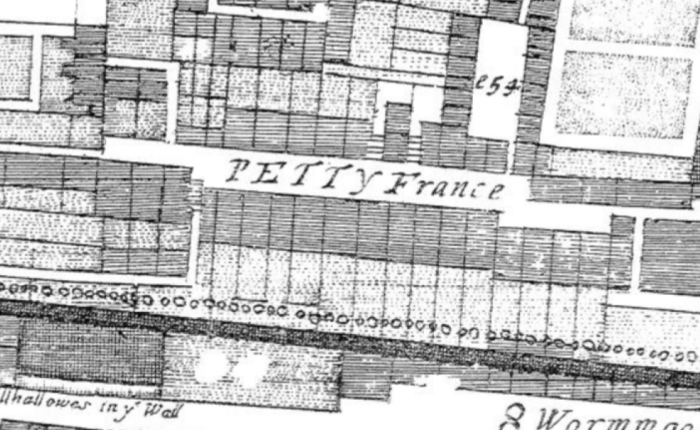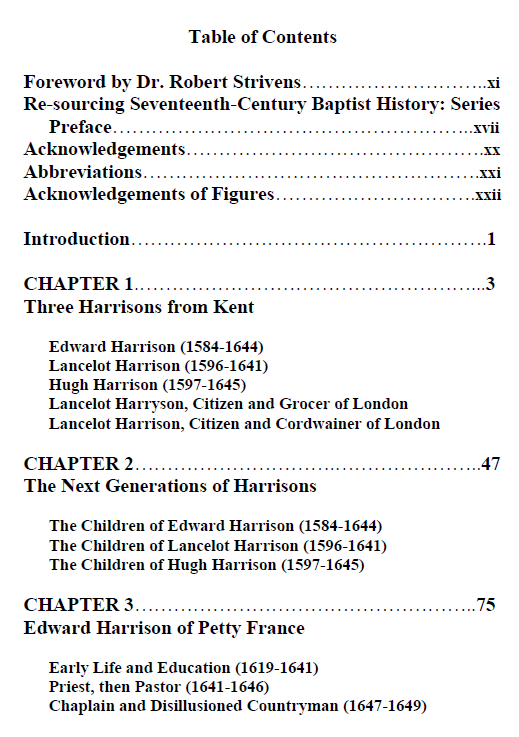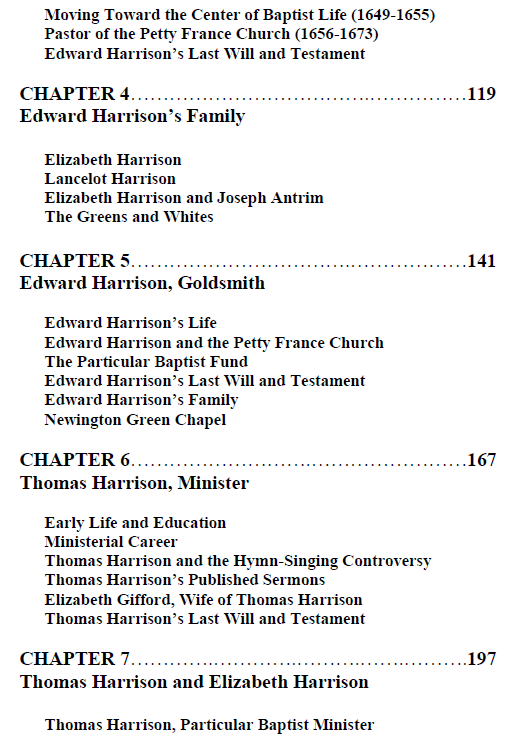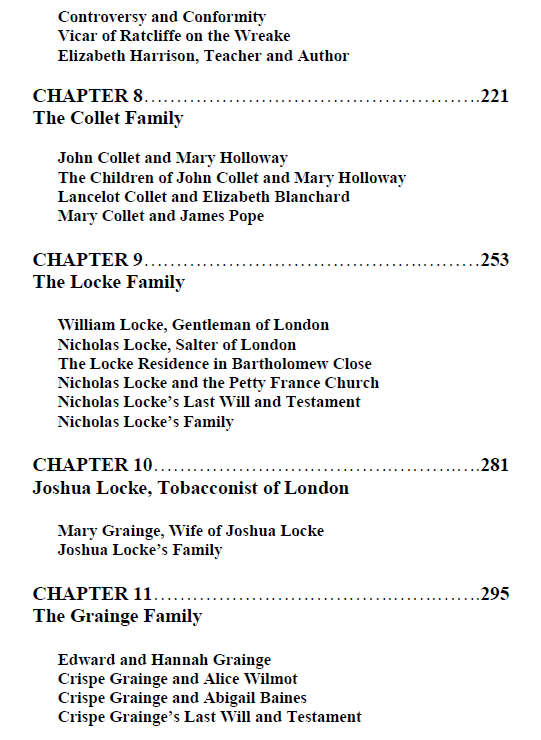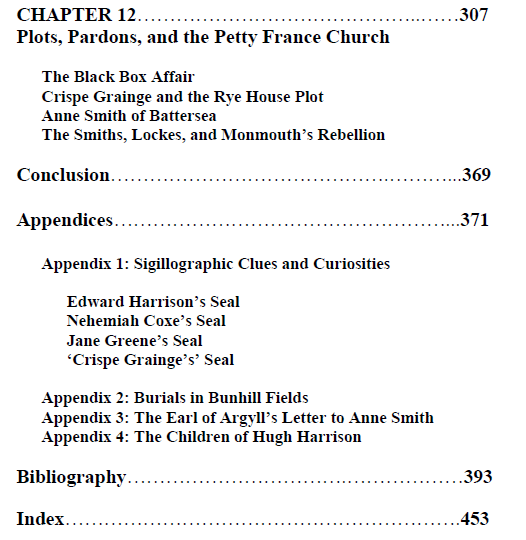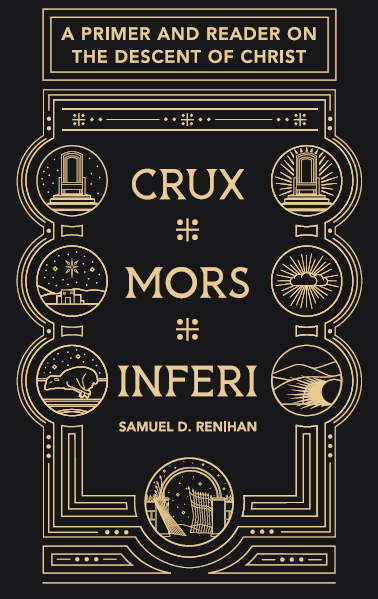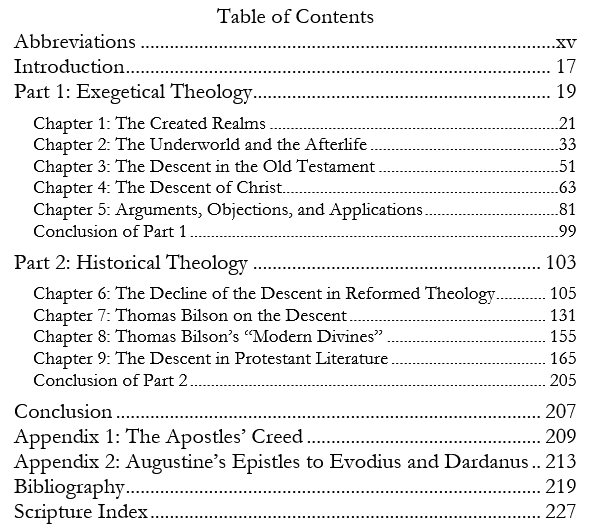I am pleased to announce the release of my latest work, The Petty France Church (Part 2). Three years ago, almost exactly, I published Part 1 of my historical investigations of this Particular Baptist church in London. That volume was dedicated primarily to tracing the locations of the church’s meetings, to biographical chapters on Nehemiah Coxe and his family, and to a complete transcription of the Petty France Church Book. This new work focuses on the founder of the Petty France Church, Edward Harrison (1619-1673), and his extended family, many of whom were members in the Petty France Church (Collets, Popes, Greens, Whites, Lockes, Grainges, Smiths, Buttals, and more).
Whereas a third of my first work on the Petty France Church was dedicated to the transcription of the Church Book, the entirety of this volume is biographical and historical in nature, though it contains transcriptions of relevant documents throughout. The result is a much larger and longer presentation of on-the-ground Particular Baptist history from the late 16th century to the end of the 18th century.
A book such as this one is designed not only to inform readers about Baptist history, but also to show what is possible. Baptist history is not a dead field, trapped in an echo chamber of infinitely recycled secondary sources. No, diligent ressourcement (or “resourcery” as I like to call it), demonstrates that there is a wealth of information yet to be discovered, which either confirms or corrects previous (and often long-held) assertions in historiography, written either by Baptists or about Baptists.
In twelve chapters, totaling 500 pages, spanning 200 years of history, genealogy, and theology, drawn from extensive research in primary sources, and presented with 75 images (including charts and maps), 14 family trees, 4 appendices, and other aids (such as a complete index), The Petty France Church (Part 2) connects the reader to the lives of the members and families of the Petty France Church.
I hope you enjoy reading The Petty France Church (Part 2) as much as I enjoyed the years of research and writing that produced it.
